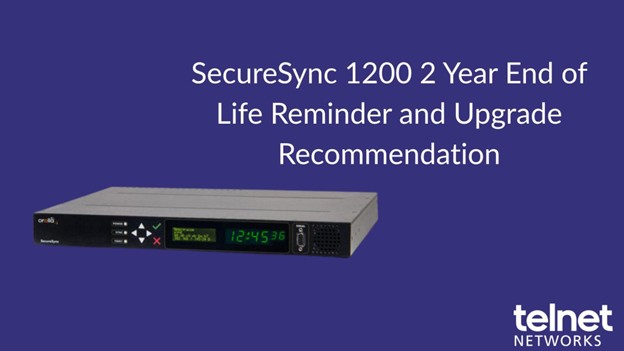We all have to manage our network, but why do you need a performance management system. If I were to ask, I think most network managers would answer
- I need the ability to prove that the network is not at fault.
- I need increased visibility into our infrastructure/devices
- Reporting how can I get the data I need to support my objectives and troubleshoot
Below are 7 areas a performance management system can help change your information technology systems from a cost center to profit center by decreasing cost or increasing revenue.
Network Downtime
Since all the applications use the network as the highway any system downtime can be very costly. This can hurt your bottom line as well as your company image resulting in decreased customer loyalty and increased employee frustration.
Gartner has reported that on average, corporations report the network goes down about 87 hours per year and depending on your type of business system, downtime can cost between $42,000 to $6 Million per hour.
If you use an average of $100,000 per hour this works out to and 8.7 million dollar in lost revenue.
Get to know your numbers! How often do you have an outage, and what does this cost your company?
Reduce Customer Loss
As customers use online portals to do business with your company you need to ensure that you maintain a high customer satisfaction level of your online experience. We all know it takes 6 to 7 times more effort to acquire a new customer than it does to keep the ones you have, so ensuring that you are available and meeting your customer expectations will keep them coming back
Scheduled Maintenance
So when is it the best time to schedule maintenance or upgrades to the network? Who will be impacted by this upgrade? If you are a global organization or even just across the county, you need to know when your maintenance will have the least impact on internal and external clients. Your management system should allow you to determine when the least number of users will be impacted by network maintenance or upgrades.
Deploying New Projects
You have new applications to be introduced if users encounter problems when they go live, their first impression of the new service is negative. By running network performance tests either using IP SLA or with IP generation tools you can determine how the network and service will perform before going live. Once live you can then compare your actual traffic to the synthetic data to ensure everything is running as it should.
Device Utilization
Which IT assets are over subscribed today and which ones can be re-deployed or better utilized? You have to develop a picture of how the network is evolving so you can be pro-active and see what areas need to expand, and what areas are undersubscribed.
The Impact Virtualization
Server virtualization comes with benefits like cost reductions and operational efficiencies but it can also change how you deploy and manage the network and service delivery. You need to understand what servers are good candidates for virtualization.and how to get visibility into this service.
Operational Cost
In todays world your network management system needs to grow with you. With mergers and acquisitions taking place you could end up with new infrastructure elements that your management system needs to be able to report on very quickly. Waiting 6 months to become visually aware of new infrastructure components is not acceptable and holding you back
Many legacy management systems have performed for many years and although they may still function correctly, they have likely become a series of additional modules making them harder to implement and administer. This can increase your operational costs as these mature systems may not be able to deploy and maintain as a newer system.
Your network managment system needs to be easy to install and configue and give you the operational flexibility to use the built in functionality of network devicea and scalale as your network grows.





